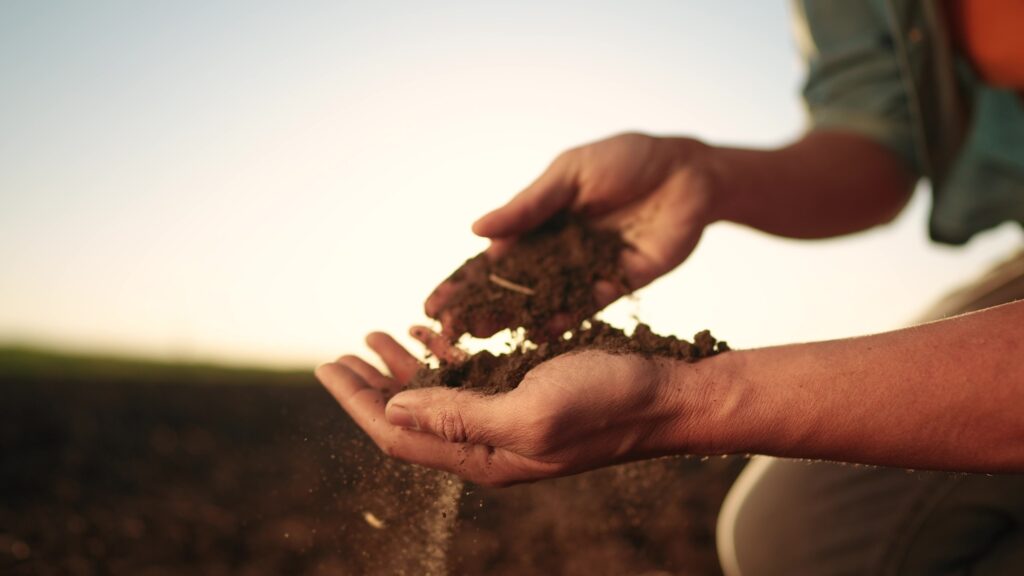Gardening Tips
The Importance of Balancing pH Levels for Healthy Plant Growth: Steps to Achieve It
Plants thrive when they are in the right environment, and one of the critical factors in that environment is the soil pH level. Balancing pH levels is essential for healthy plant growth, and understanding how to achieve this balance can make a significant difference in your gardening success. Let’s dive into why pH levels are so crucial and the steps you can take to ensure your plants are growing in optimal conditions.
Understanding pH and Its Role in Plant Health
What is pH?
pH is a measure of how acidic or alkaline a substance is, on a scale from 0 to 14. A pH of 7 is considered neutral, while values below 7 indicate acidity, and values above 7 indicate alkalinity. In the context of soil, the pH level affects the availability of nutrients to plants and the activity of soil microorganisms that are essential for healthy plant growth.
Why pH Balance Matters
-
Nutrient Availability:
- Plants require a variety of nutrients, such as nitrogen, phosphorus, potassium, and trace elements, to grow. These nutrients are most available to plants when the soil pH is within an optimal range (generally between 6.0 and 7.5 for most plants). Outside this range, nutrients can become less available or even toxic.
- For example, iron is more available in acidic soils, while phosphorus is more available in slightly acidic to neutral soils. When pH is too low or too high, these nutrients can become bound to soil particles and unavailable to plants.
-
Microbial Activity:
- Soil pH influences the activity of beneficial microorganisms that help decompose organic matter and release nutrients in forms that plants can absorb. Most beneficial bacteria prefer a neutral to slightly alkaline environment, while fungi can thrive in a wider range of pH levels.
-
Plant Health and Growth:
- Correct pH levels can help prevent issues such as nutrient deficiencies or toxicities, which can lead to poor growth, yellowing leaves, stunted growth, and reduced yields. Each plant species has its own preferred pH range, so matching soil pH to the needs of your plants is crucial for optimal growth.
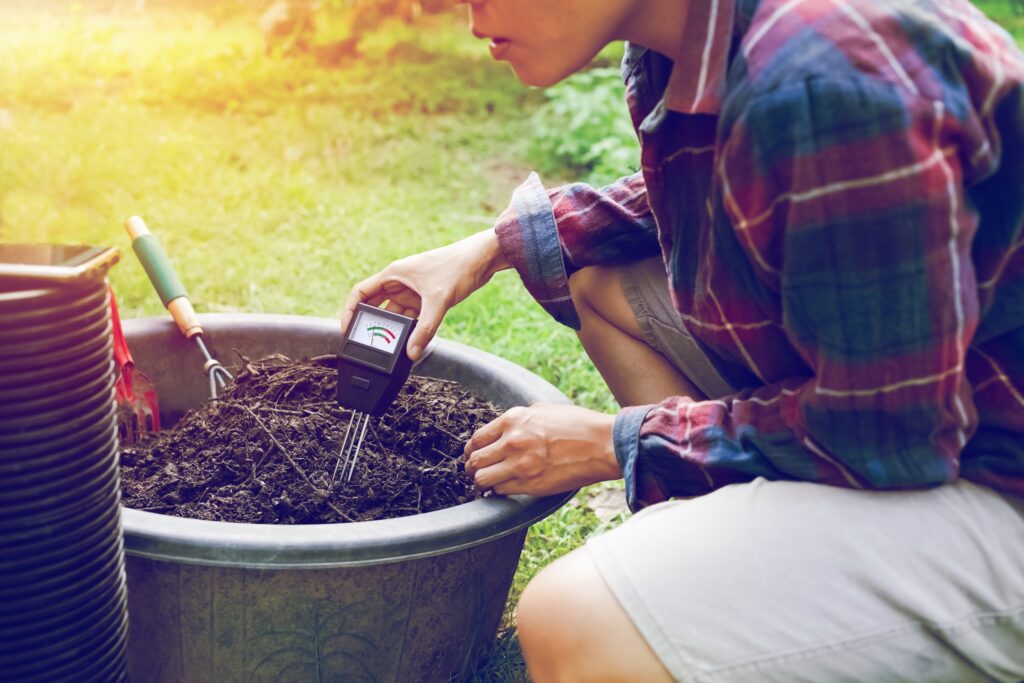
Steps to Achieve the Right pH Balance
1. Test Your Soil pH
Before making any adjustments, it’s essential to know your soil’s current pH level. You can use a home testing kit or send a sample to a local extension service for a more detailed analysis. Follow these steps for an accurate test:
- Collect Soil Samples: Take samples from different areas of your garden to get a representative reading.
- Mix and Test: Combine the samples, follow the instructions on your test kit, and record the pH level.
2. Identify the Ideal pH for Your Plants
Research the pH requirements of the plants you are growing. Most vegetables and flowers prefer a pH between 6.0 and 7.5, but some plants, like blueberries and azaleas, thrive in more acidic soil (pH 4.5 to 5.5). Knowing your plants’ preferences will guide your pH adjustments.
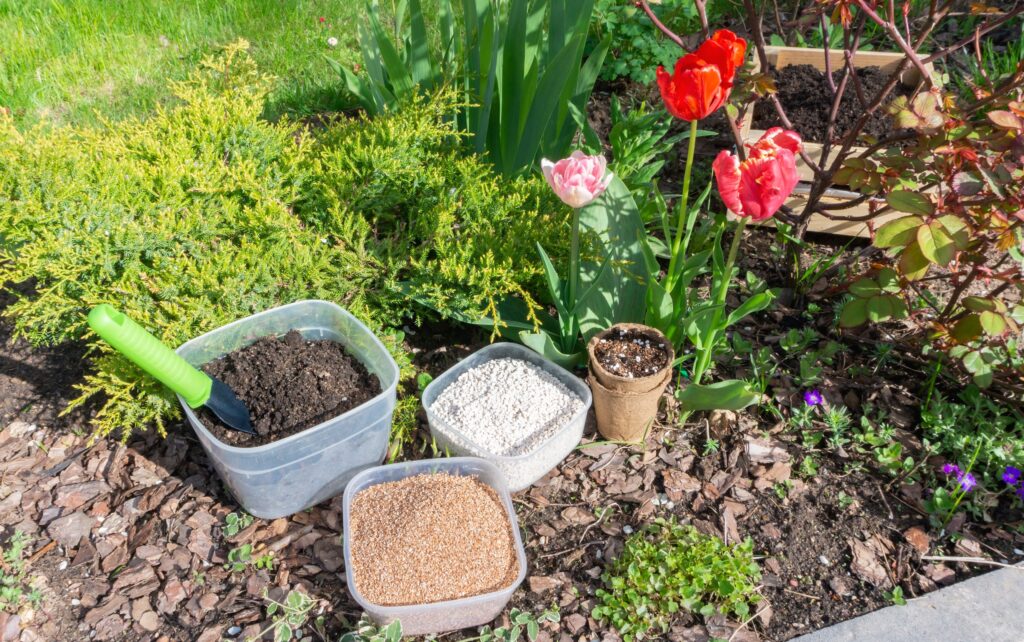
3. Adjusting pH Levels
To Raise pH (Reduce Acidity):
-
Add Lime:
- Materials: Use agricultural lime (calcium carbonate), dolomitic lime (calcium magnesium carbonate), or wood ash.
- Application: Apply according to the package instructions, usually at a rate of 2-5 pounds per 100 square feet, depending on the current pH and soil type. Mix thoroughly into the top 6 inches of soil.
-
Use Baking Soda:
- Materials: Dissolve 1 tablespoon of baking soda in 1 gallon of water.
- Application: Water the soil with this solution to help raise pH slightly.
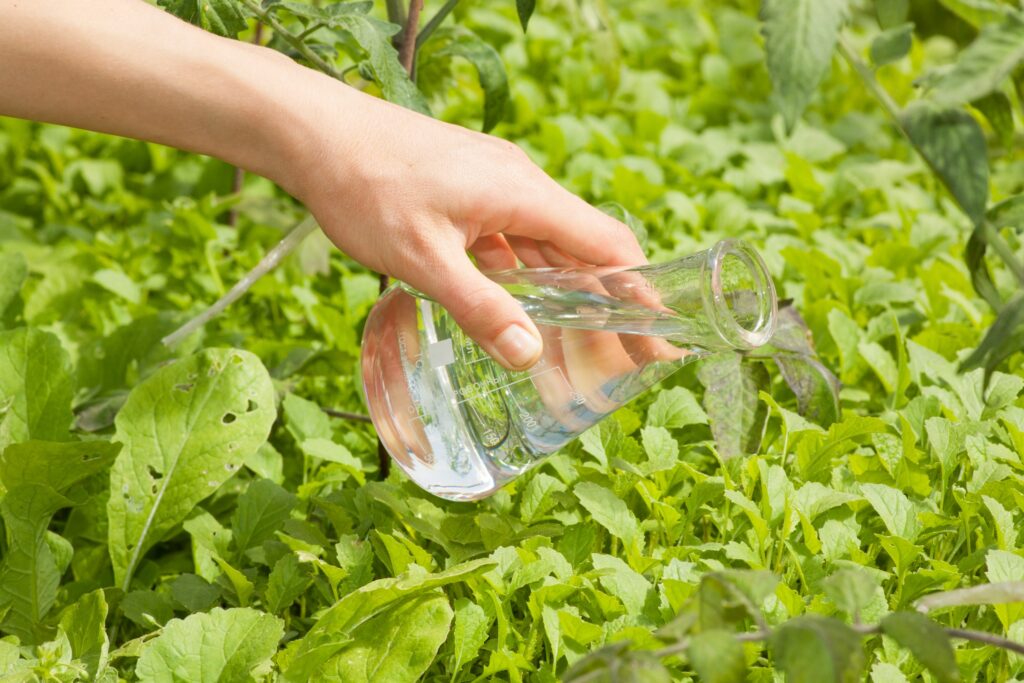
To Lower pH (Increase Acidity):
-
Add Sulfur or Sulfate:
- Materials: Use elemental sulfur or aluminum sulfate.
- Application: Apply according to the package instructions. For elemental sulfur, 1-2 pounds per 100 square feet can lower pH by about one point.
-
Incorporate Organic Matter:
- Materials: Use peat moss, composted pine needles, or acidic mulches.
- Application: Mix organic matter into the soil to naturally acidify it over time.
-
Use Vinegar Solution:
- Materials: Mix 1 cup of vinegar with 1 gallon of water.
- Application: Apply this solution to the soil, which can temporarily lower pH for immediate adjustments.
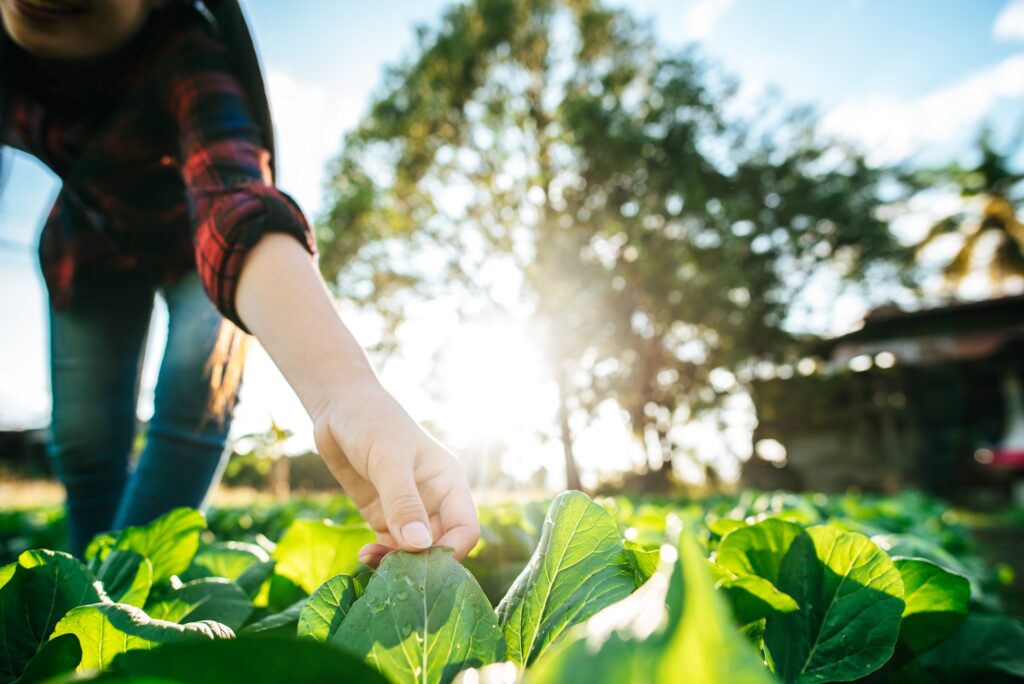
4. Monitor and Maintain
After adjusting pH, it’s essential to monitor the soil regularly. Retest the pH a few weeks after your initial adjustments and at least annually thereafter. This will help ensure that your soil remains within the optimal range for your plants.
- Observe Plant Health: Keep an eye on your plants for signs of nutrient deficiencies or toxicity, which could indicate pH issues.
- Regular Amendments: Add lime, sulfur, or organic matter as needed to maintain the desired pH level.
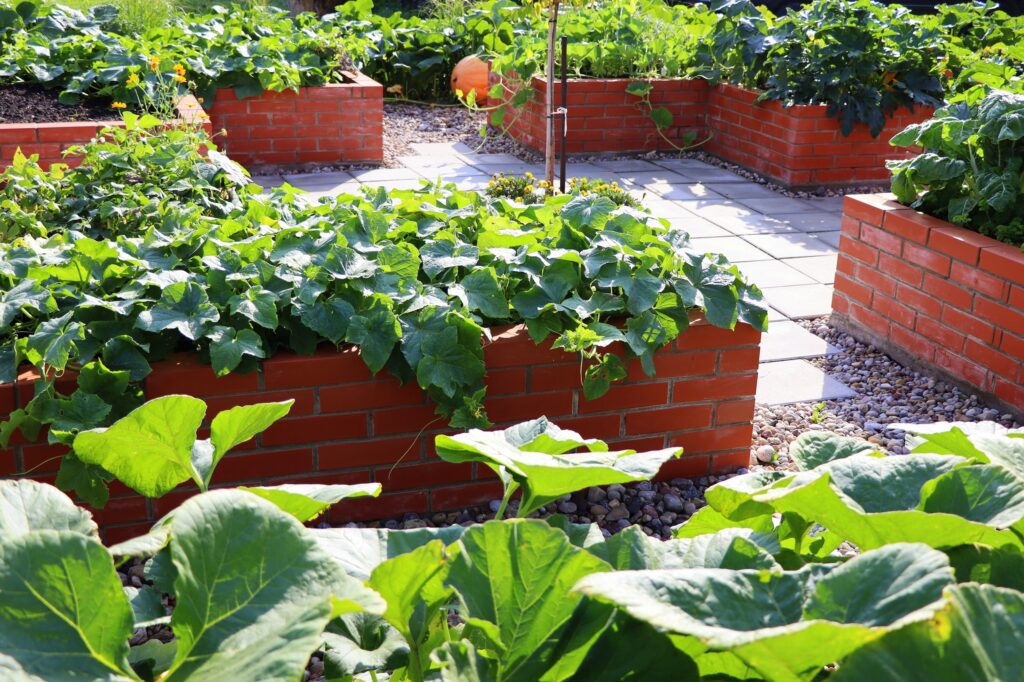
Conclusion
Balancing soil pH is a fundamental aspect of gardening that directly affects plant health and growth. By understanding the importance of pH and following the steps to test and adjust your soil, you can create an environment where your plants can thrive. Happy gardening!
